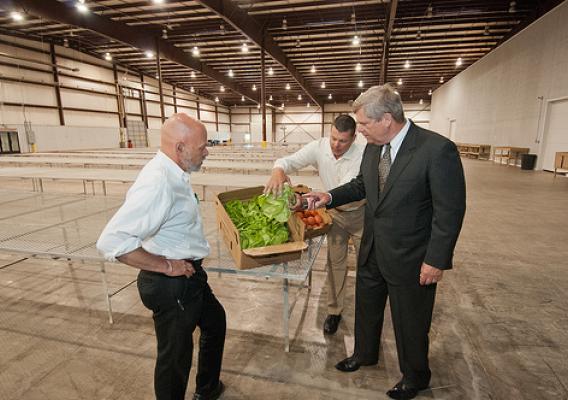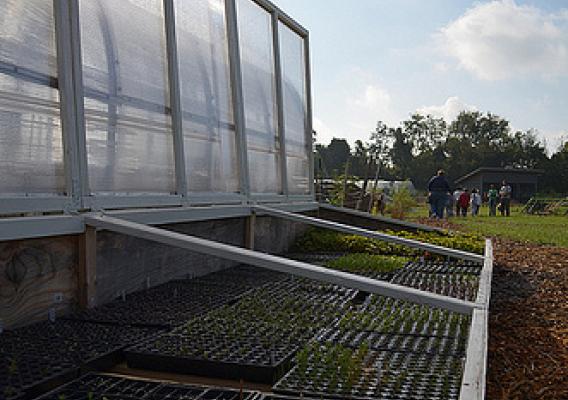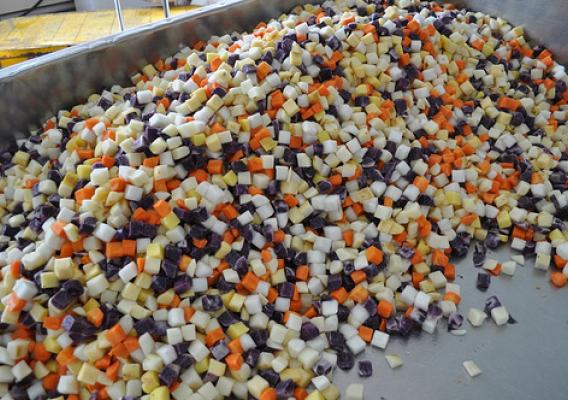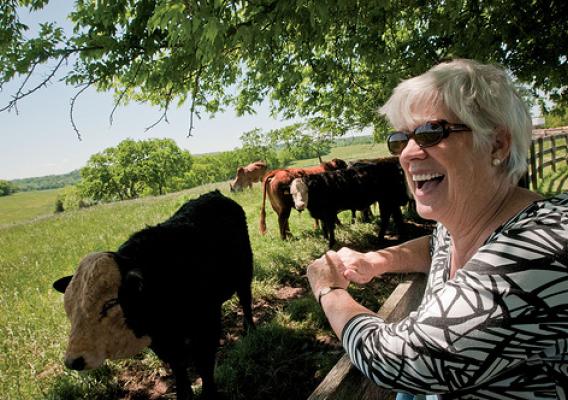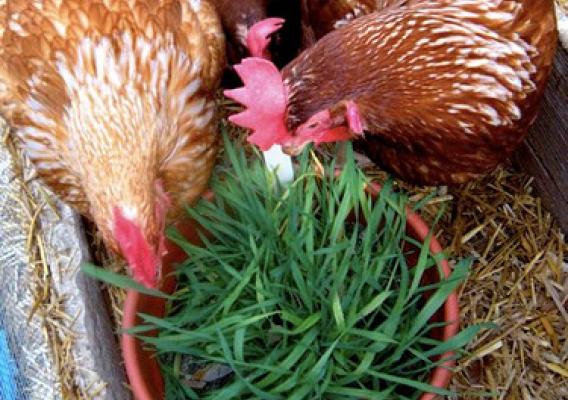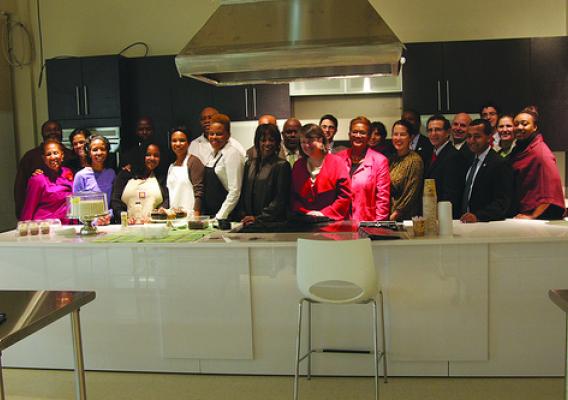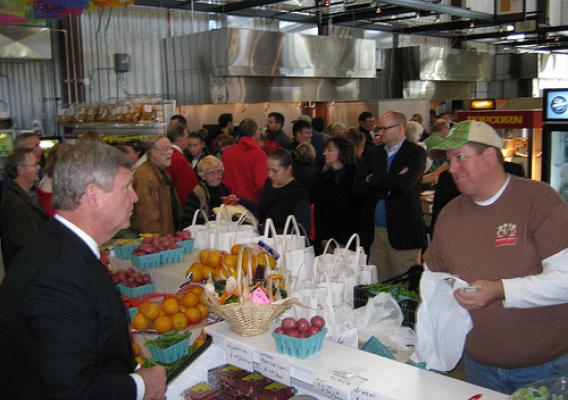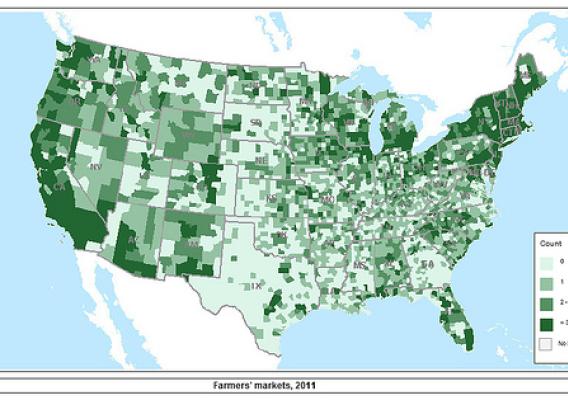In an historic Cedar Rapids, Iowa, neighborhood devastated by floods in 2008, Secretary Tom Vilsack joined local leaders Saturday, October 27 for the dedication of a year-round local foods market. He called it a testament to neighbors and visionary leaders who saw a need for locally-produced foods, opportunities for entrepreneurs and a chance to rebuild local pride after the floods.
The NewBo City Market is located in Cedar Rapids’ New Bohemia district, home to generations of Czech and Slovak immigrants. Not far away is the Czech Village and the National Czech and Slovak Museum and Library.
Up and down the Cedar Rapids neighborhood brick buildings from the late 19th century are being restored. A new coffee shop and bookstore are housed across from the market in the national register-listed Czech-Slovak Protective Society (CSPS) building. A mile to the north, a new library and a convention center complex will open next year. Four years removed from the floods, there is no doubt about it, Cedar Rapids is back.

